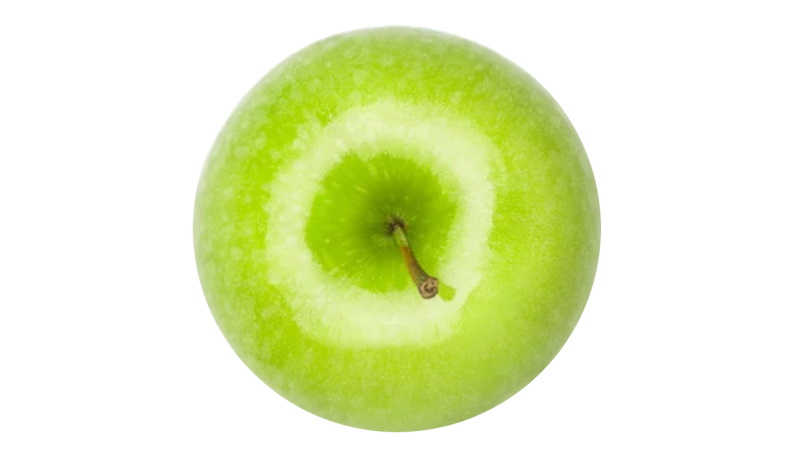Nursery Fruit Tasting Yields Surprises
Editor’s Note: Along with my Western Fruit Grower colleague, senior account manager Keith Christensen, I was fortunate to attend the variety tasting described below. What follows is a first-hand account of our experience.
Several times each year for the past couple decades, a large group of people gathers at Dave Wilson Nursery headquarters in Hickman, CA, to taste stone fruit — and lots of it. This year, about 80 people assembled to taste a whopping 36 varieties of nectarines, peaches, plums, pluots — even a pluerry and a peacotum were featured. It makes sense as the latter three new fruit types — hybrids of plum, apricot, cherry, or plum — were developed by Zaiger Genetics of nearby Modesto, and the nursery is Zaiger’s exclusive licensee. In fact, there were even a few almonds thrown in for good measure, and one, the self-pollinating Independence, is likewise a Zaiger variety.
The event is conducted somewhat like a wine tasting in that evaluators are encouraged to eat a small cracker in between fruits to cleanse their palates. That step becomes obviously necessary when several super-sweet pluots, “interspecific” combinations of plum and apricot, are tasted consecutively. There are two pieces of fruit in each tasting, as we try and taste each variety at two stages of ripeness. Then we rate each piece on a number of categories, including appearance, texture, acid, sweetness, and overall acceptance.
Most of the tasters are owners and employees of independent garden centers in California, as the tasting was originally intended to provide these folks with some insight they could share with consumers seeking varieties to plant in their yards. However, Robert Woolley, the nursery’s owner, notes that the huge quantity of data makes it pretty representative of consumers at large. And because no one knows beforehand what varieties they will be tasting — it is entirely blind — he and his colleagues get a good sense of what experimental varieties are being well-received.
In addition, Woolley is quick to note that it’s not just Dave Wilson’s home and garden division that benefits from the tastings. “One of my personal goals is to integrate backyard fruits with those that are sold roadside and at farmers’ markets, exposing the public to more flavorful fruit,” he says. “But of course growing for farmers’ markets is very different from home gardening in that there are more stringent requirements for size and appearance — though certainly not as strict as they are for the commercial grower and packer.”
Lessons Learned
Not that some of the intelligence gleaned can’t be applied to even large commercial operations. While tasting is necessarily subjective, certain trends appear that are plainly obvious. “One of the things that stands out for me is how certain varieties will rise to the top over time,” says Woolley. “I guess it’s not really a surprise, but we now have the data to prove it.”
There are quite a few interesting lessons to be learned from the data, says Woolley. For instance, many people would think that Brix, or total sweetness, would triumph over all. Woolley notes that an old-fashioned white peach variety, Indian Free, which is very high in acid, has scored well in past fruit tastings. It’s so high in acid, Woolley says it can’t be picked until it’s extremely ripe, meaning it wouldn’t even make a good roadside or farmers’ market variety.
On the other end of the spectrum, the highest-rated white nectarine in fruit tastings from 1993 through 2010 is the low acid variety Arctic Jay (that data is available at www.davewilson.com). “This is contrary to the widely-held belief that fruit must have some acidity to be considered high in flavor,” says Woolley, who adds that the nursery often includes such older varieties. “It gives us a reference, as some of these varieties have been in the tasting numerous times, which helps us calibrate the information. We want to know how the new selections are holding up against the old standards.”
It’s not unusual for older varieties like the Indian Free to score well, says Woolley. There’s a reason they’ve become old standards, after all.
(Editor’s Note: For instance, in this year’s tasting, I scored the Sun Crest peach very well. The variety was made famous, at least in California fruit circles, by San Joaquin Valley grower David Mas Masumoto’s book, “Epitaph For A Peach.” I scored another peach, Zee Lady, slightly higher, ranking it tops among the 36 varieties. It’s an off-patent Zaiger variety that while newer than Sun Crest, has been around for 20 years. That said, the single best piece of fruit I’ve ever had is a peacotum plucked fresh off a tree at Zaiger’s.)









